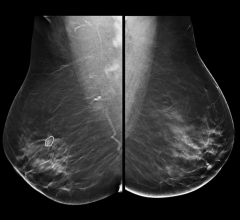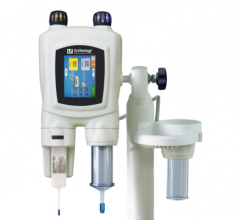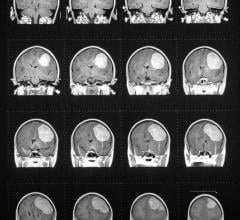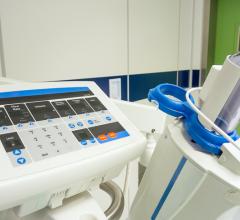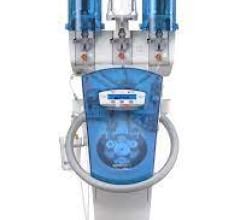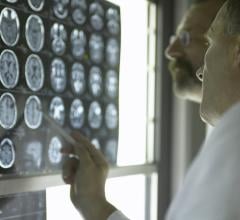
August 9, 2011 — Acist Medical Systems Inc., a Bracco Group company and provider of advanced contrast injection system technology for cardiovascular angiography, announced that its’ contrast delivery system has been used to help diagnose and treat 10 million patients.
The Acist system is an all-in-one, variable-flow technology giving physicians control over the full range of injection volumes, from small coronary vessels to large ventricular vessels and peripheral vasculature. The system’s widespread adoption in prestigious teaching institutions as well as mainstream community-based hospitals has demonstrated benefits in reducing costs and complexity and in enhancing patient care.
“The Acist contrast delivery system was developed to help doctors perform angiography more efficiently and, in turn, facilitate timely and appropriate treatment,” said Robert Wilson, M.D., inventor of the Acist system and professor of interventional cardiology at the University of Minnesota. “The system shortens procedures, decreases the amount of dye injected into patients and reduces radiation exposure for health care professionals and patients.”
During an angiogram, iodine-based X-ray contrast dye is injected into the heart arteries through a catheter in a patient’s leg or arm. Cardiologists rely on angiographic imaging to see inside the heart’s arteries, diagnose heart disease and determine which patients need surgery or angioplasty.
The system replaces traditional injection methods that rely on manual manipulation of a hand injection syringe and stopcocks for small coronary vessels. Large vessels typically require a fixed-rate power injector, as well as manual tracking of contrast use.
Air column sensors automatically stop the procedure when air is detected, helping prevent a potentially serious complication for the patient.
The unique hand controller facilitates precise administration of contrast for more consistent imaging with lower contrast amounts, reducing radiation exposure. It also allows clinicians to step back from the radiation source during imaging to reduce radiation exposure, and deliver contrast without the stress of manually injecting throughout the heart’s vessels. This reduces hand fatigue and the potential for carpal tunnel syndrome.
For more information: www.acist.com

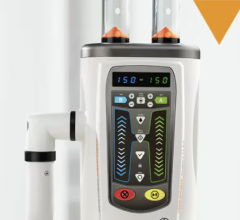
 April 12, 2024
April 12, 2024 
